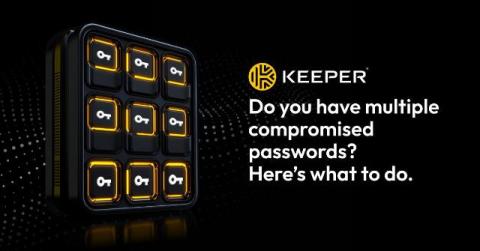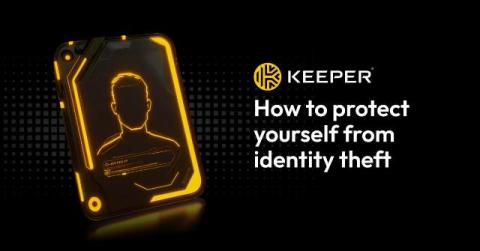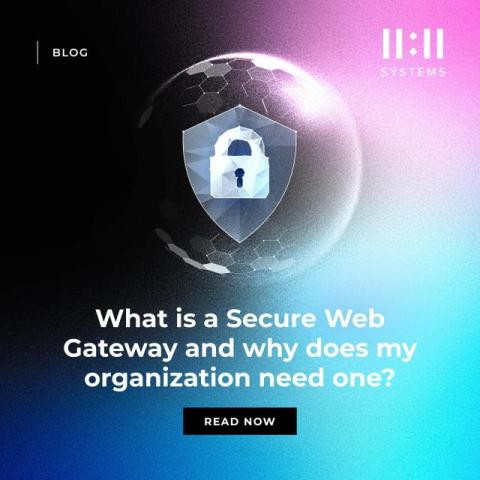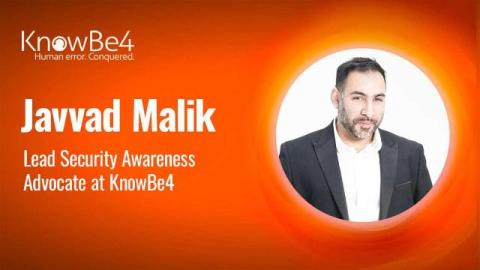Do You Have Multiple Compromised Passwords? Here's What To Do.
A password is compromised when it’s leaked in a data breach and made available on the dark web, allowing others to gain unauthorized access to your online accounts. This risk not only arises from a data breach; your passwords can also be compromised in a phishing attack or if you don’t store your passwords securely. Dealing with multiple compromised passwords can be scary and stressful, but luckily there are steps you can take to protect your online accounts.











